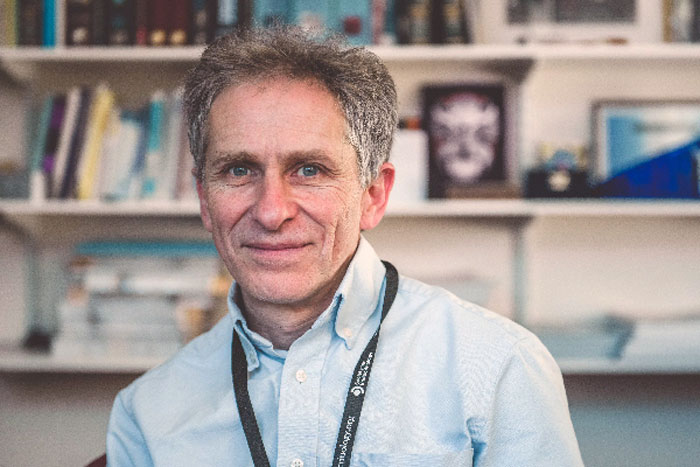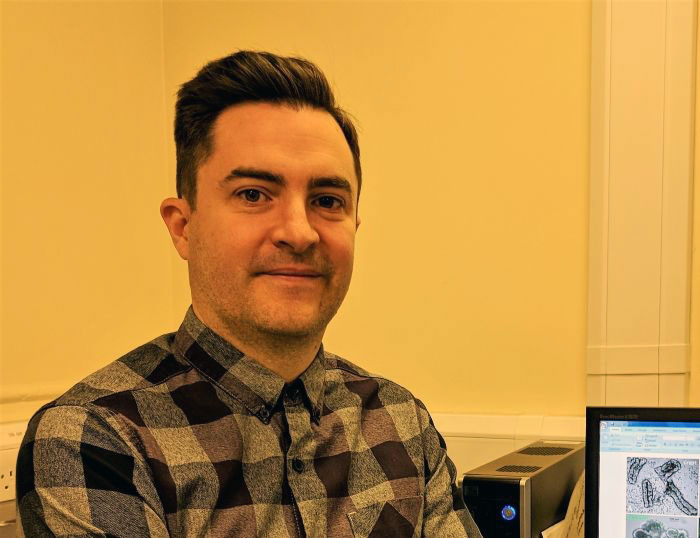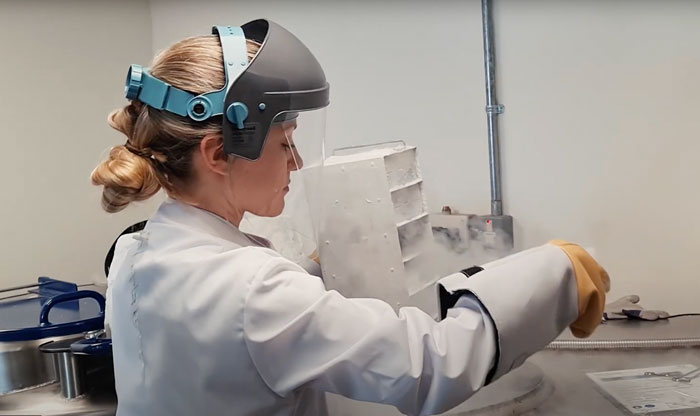Home > About JDRF & Our Impact > Our research > Research projects >
JDRF is undergoing a transformation.
We are becoming Breakthrough T1D in October.

The ELSA Study: Screening UK children for type 1 diabetes
Professor Parth Narendran and his team will screen 20,000 children aged 3-13 across the UK for type 1. The ELSA Study will provide crucial insights into practical and effective ways to screen large numbers of children in the UK, laying the groundwork for a potential UK-wide screening programme.
Why is JDRF funding The ELSA Study?
JDRF is co-funding The ELSA Study with Diabetes UK. Screening children for type 1 diabetes is vital so that we can find children at risk of the condition before they become unwell. Knowing who is at risk of type 1 gives us the opportunity to educate families of the signs and symptoms of type 1. This helps to prevent children being diagnosed late in diabetic ketoacidosis (DKA).
Screening also allows researchers to recruit people to studies testing new treatments, which could delay the start of type 1 diabetes. There isn’t an established way of screening children for type 1 in the UK, so researchers like Parth are testing what the best way to do it might be.
What does the ELSA Study involve?
First, Parth and his team will collect a small amount of blood from each child via a finger-prick blood test, taking just a few drops of blood. This can be done at home, at school, at the GP, or at sites in the community. All 20,000 children in the study will complete this stage.
What are the researchers testing for?
The researchers are testing the children’s blood for proteins that mistakenly attack the body’s own cells, called autoantibodies. These proteins are markers of risk of type 1 diabetes. Most children won’t have any of these autoantibodies, so for them, the study will end here.
What happens to the children at risk of type 1?
Parth expects roughly 1% of the finger-prick tests to be positive for autoantibodies. The team will then give these children a venous blood test, where blood is taken from a vein in their arm. This will happen at a hospital close to the patient. This blood test is more accurate than the initial screening test and shows which specific autoantibodies are present in the child’s blood.
What happens to children with one antibody for type 1?
If a child is positive for one of the four autoantibodies for type 1, they are at some risk of developing type 1 diabetes in the future. These children don’t need any more tests at this stage, but Parth’s team will invite their families to an education session. The session will teach them how to spot if their child has type 1 diabetes and answer any questions they have. These children can also join a programme for monitoring and follow-up, which may involve a blood test every couple of years to check for autoantibodies over time.
What happens if a child has two or more autoantibodies for type 1?
Children who are positive for two or more autoantibodies are at high risk of developing type 1 diabetes in the future. These children will need another blood test to show how close they are to getting type 1. For some children, this blood test may show that their pancreas is already not working properly, so Parth will refer them to the paediatric diabetes team to start taking insulin.
Most children with autoantibodies for type 1 will still have a working pancreas, although they are at high risk of progressing to type 1. Parth’s team will arrange a video call or face-to-face meeting with the ELSA Study team. The researchers will explain what the screening results mean as well as what type 1 diabetes is and how to spot the symptoms. The team will also tell the family about clinical trials taking place that their child might be eligible for.
Why is screening for type 1 so important?
Three in 1,000 children are at high risk of developing type 1 diabetes in the future. The only way to find those children is through screening. Screening will support those at high risk of type 1 and their families to ensure the earliest, safest diagnosis possible. Those identified as high risk could also gain access to clinical trials testing the newest innovations in type 1 diabetes treatment, which could prevent or delay the condition.
Access to immune therapies for type 1
An effective screening programme for type 1 could transform the way the condition is identified and managed in its earliest stages. The recent approval of teplizumab – a drug which can delay the onset of type 1 by three years – in the US gives even more reason to screen children, as we can now intervene with the disease course.
Is JDRF funding any similar research?
We are funding Professor Alex Richter’s research project to develop a better autoantibody test for the ELSA study to use when screening children for type 1. As part of our partnership grants, we are also funding Richard Oram, who is devising a prediction model to improve the effectiveness and cost of predicting type 1 diabetes in early life.
More information about the ELSA Study
You can read more about ELSA in our news story and on the ELSA Study website.
More prevention research

Bigger, smarter, faster research into immunotherapy for type 1 diabetes
This award will help to fund the next generation of immunotherapy research, enabling more efficient clinical trials, in more locations, so that promising treatments can reach people sooner.

Better immunotherapy clinical trials for type 1 diabetes
This project aims to overcome two major roadblocks to developing and licensing immunotherapies for people newly diagnosed with type 1 diabetes.

Protecting beta cells from the immune system
Dr Bewick is exploring ways to improve the health, performance and number of beta cells in the body, so that people with type 1 can be less reliant on insulin pumps and injections – or even, one day, live without them completely.


